Throughout history, taverns have served as vibrant hubs of culture, commerce, and storytelling. These establishments, often nestled in the heart of towns or along bustling trade routes, have become synonymous with tales of mystery, magic, and folklore. From the medieval era to the present day, taverns have been more than just places to quench thirst; they’ve been settings where legends were born, spirits lingered, and curious souls gathered to share stories of the supernatural. In this exploration, we’ll delve into the rich tapestry of tavern folklore, uncovering the eerie legends, unique cultural significance, and enduring allure of these iconic watering holes.
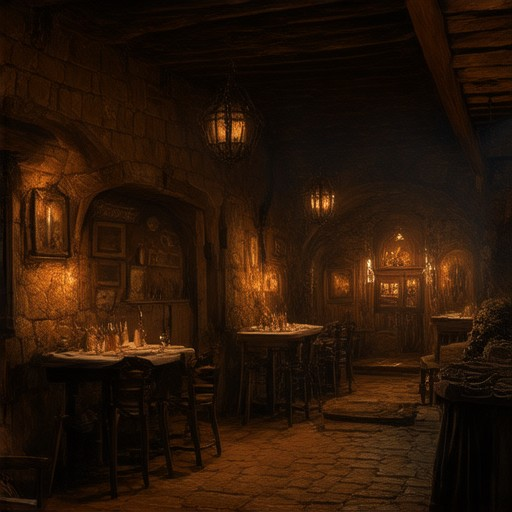
What Does a Tavern Symbolize?
A tavern symbolizes much more than just a place to enjoy a drink. Historically, taverns have been central to the social fabric of communities, serving as hubs for connection, debate, and cultural exchange. Here’s a breakdown of the symbolic meanings associated with taverns:
1. Community Hub
Taverns have traditionally been at the heart of village and town life, acting as gathering places for both locals and travelers. They fostered a sense of community, offering a space where people could share stories, exchange news, and engage in casual conversation. This communal aspect highlights the tavern’s role as a cornerstone of social interaction.
2. Cultural Exchange
As meeting points for diverse groups, taverns facilitated cultural exchange. Locals and travelers brought differing perspectives, leading to rich conversations and the sharing of traditions, beliefs, and experiences. This cross-pollination of ideas contributed to the vibrancy of the community and underscores the tavern’s role in fostering understanding and diversity.
3. Resistance and Rebellion
Historically, taverns often served as spaces for political debate and resistance. Before 1789, they became centers of opposition to the regime and religion, reflecting the desire for freedom and change. This association with resistance highlights the tavern’s role as a catalyst for societal transformation and a symbol of defiance against authority.
4. Shelter and Safety
Taverns also provided shelter and safety for those traveling or in need. They offered a haven from the dangers of the road and a chance to rest and recharge, embodying the principle of hospitality and care for strangers.
Modern Relevance
In today’s world, while the role of taverns has evolved, their essence remains unchanged. They continue to bring people together, fostering community and providing a space for meaningful connections. Whether enjoying a drink or simply soaking in the atmosphere, taverns remain symbols of social cohesion and cultural preservation.
Explore the rich history and enduring legacy of pubs and taverns through articles on Dufferin Arms , where we celebrate the stories behind these iconic establishments.
What is a Tavern in Medieval Times?
A tavern in medieval times was much more than just a place to drink. These establishments served as vibrant social hubs, often doubling as inns or resting spots for travelers. They catered to a diverse clientele, ranging from merchants and pilgrims to nobles and common folk. Here’s a breakdown of their role and significance:
-
Role of Taverns
Taverns were central to daily life in medieval towns and villages. They acted as gathering places for locals, providing a space for storytelling, games, and communal meals. They also served as informal news exchanges, where travelers would share updates from distant lands. -
Functions Beyond Alcohol
While taverns were known for their ale and wine, they often functioned as community centers. Some taverns hosted local events, markets, or even religious services. They occasionally offered basic accommodations, though inns were more formal lodging options. -
Social Status and Wealth
Taverns varied in quality, with some catering to wealthier patrons who sought finer wines and spirits. These establishments often featured separate rooms or sections for different beverages, reflecting the evolving tastes of the time. -
Literary References
Taverns are frequently depicted in medieval literature, such as Geoffrey Chaucer’s “The Miller’s Tale,” where they play a role in social interaction and storytelling.
By understanding the multifaceted role of taverns in medieval society, we gain insight into their importance as more than just drinking establishments—they were integral to the social, economic, and cultural fabric of the time.
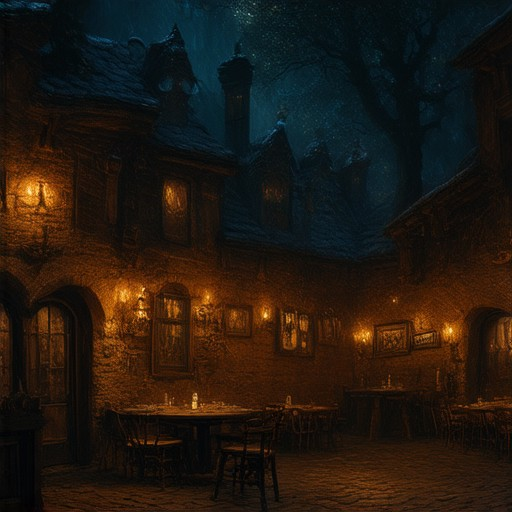
What Are Taverns Known For?
Taverns are celebrated for their rich history, vibrant culture, and warm ambiance, making them more than just places to drink. Here’s what sets them apart:
1. A Unique Blend of Food and Drink
Taverns excel in offering a diverse menu that goes beyond basic bar fare. They often feature classic dishes alongside innovative creations, catering to a variety of tastes. From hearty stews to fresh seafood, taverns provide a culinary journey that pairs perfectly with their extensive drink selection.
2. Community-Centric Environment
Taverns thrive on fostering a sense of community. Many host regular events, live music, and family-friendly gatherings, making them ideal spots for both casual meet-ups and special occasions. This welcoming atmosphere has made them a staple in many neighborhoods.
3. Rich History and Cultural Significance
With roots tracing back centuries, taverns have been hubs of social interaction, political debates, and artistic inspiration. They reflect the cultural fabric of their communities, often becoming landmarks that tell a story of the area’s development.
4. Seasonal Menus and Specials
Taverns often rotate their menus seasonally, offering fresh ingredients and local favorites. Many also provide daily specials, ensuring a new dining experience each visit. Families appreciate kid-friendly options like discounted meals and children’s menus.
5. Local Flavor and Character
Each tavern has its own personality, shaped by its location and the people who frequent it. Whether it’s a cozy, rustic spot or a sleek, modern bar, the character of a tavern adds to its charm and attracts a loyal clientele.
6. Adapting to Modern Times
In recent years, taverns have embraced contemporary trends, such as craft beer and farm-to-table initiatives. Some have introduced outdoor seating, takeout options, and even virtual events to keep the community engaged during challenging times.
Examples of Popular Taverns
- Dufferin Arms stands out for its blend of tradition and innovation, offering a menu that highlights local ingredients and a lively atmosphere.
- The Publik House in Chicago is renowned for its rotating taps and creative small plates, appealing to food and beer enthusiasts alike.
- The Stone Tap in Austin is celebrated for its Southern-inspired cuisine and extensive whiskey collection.
By embracing their role as community hubs and culinary destinations, taverns continue to evolve while staying true to their core values. Their ability to adapt while preserving tradition ensures they remain beloved spaces for generations to come.
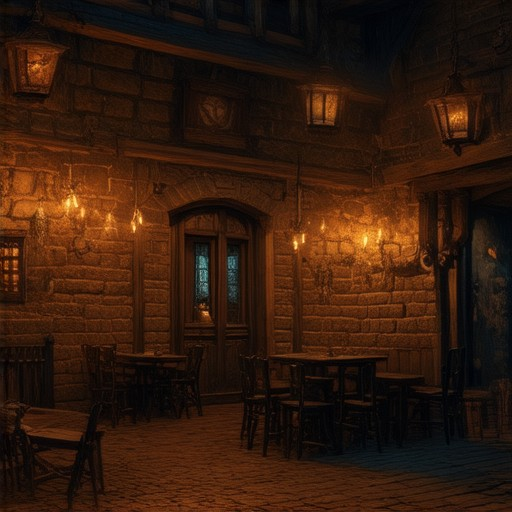
What is a Tavern in History?
A tavern is a type of establishment that has played a significant role in history, particularly in societies where it served as a hub for social interaction, commerce, and sometimes even shelter. The word “tavern” originates from the Latin “taberna,” which means a small room or booth, often associated with shops or inns.
The Early Origins of the Tavern
The concept of the tavern dates back to ancient times, with early forms appearing in Roman and Greek society. These establishments were typically small, modest spaces where people could gather to socialize, exchange goods, or enjoy refreshments. Over time, the tavern evolved into a more formalized setting, particularly in medieval Europe.
The Evolution of the Tavern
By the 13th century, the tavern had become more defined as a place where alcohol was sold. In England, these establishments were often referred to as “alehouses” or “beerhouses.” By the 14th century, the term “tavern” began to encompass a broader range of functions, including serving food and providing lodging. This made taverns essential stops for travelers, offering both shelter and sustenance.
Cultural Significance of Taverns
Taverns have long been centers of social and cultural activity. They have been depicted in literature, art, and folklore as places where stories, deals, and friendships were made. For example, Charles Dickens’ “The Pickwick Papers” features a tavern called the “Three Cottages,” highlighting the social atmosphere of such establishments.
Taverns in Modern Times
While the modern equivalent of a tavern might be a pub or bar, the legacy of historical taverns lives on. Many pubs today preserve the tradition of offering a welcoming environment for socializing, often with a rich history tied to their location. For instance, the “Princess Louise” in London is housed in a building that originally served as a coaching inn, reflecting the tavern’s enduring influence.
A Final Thought
Taverns have been an integral part of human history, serving as more than just places to drink. They have been spaces for connection, commerce, and storytelling, leaving a lasting impact on culture and society. Today, we can honor this heritage by enjoying the camaraderie and history found in pubs and bars around the world.
Dufferin Arms explores the rich history of pubs and their role in shaping communities, offering a deeper understanding of the tavern’s legacy. For those interested in delving further, The Pub Historian provides insightful articles on the history of pubs globally. Additionally, Pubs of London offers a local perspective on the cultural significance of taverns and pubs.
What Did Romans Call a Tavern?
The Romans referred to a tavern as “caupona,” which was often associated with inns or public houses. These establishments were commonly found along major trade routes and highways, serving travelers and locals alike. In addition to “caupona,” the Romans also used the terms “taberna” and “diversorium” to describe similar places.
These names reflect the function of these establishments, which served as resting points and provided shelter, food, and drink for weary travelers. The presence of inns and taverns along roads like the Via Appia and others highlights their importance in Roman society and trade.
- Caupona: A type of Roman tavern, often associated with inns.
- Taberna: Another term used to describe a tavern or public house.
- Diversorium: Refers to a place where travelers could rest and receive refreshments.
These terms underscore the role of taverns in Roman culture, connecting people and facilitating travel. The legacy of these establishments can be seen in modern pubs and bars, which continue to serve similar purposes in today’s society.
For more insights into the history and culture of pubs, visit our Dufferin Arms website, where we explore the rich heritage of pubs around the world.
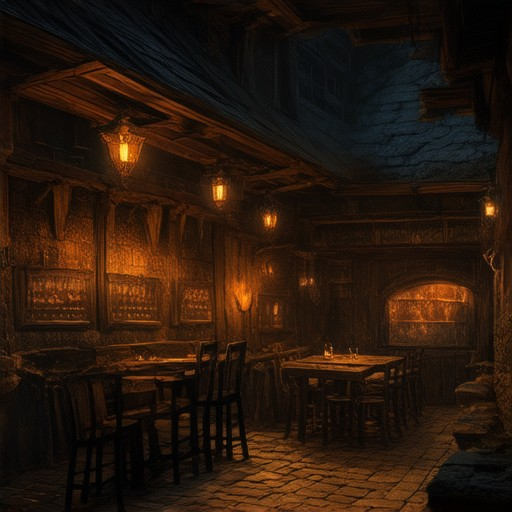
What Was the Uniqueness About Local Taverns?
Taverns were unique spaces that served as hubs for social interaction, commerce, and cultural exchange. Unlike modern bars or pubs, early taverns played a central role in shaping community dynamics and fostering connections between diverse groups.
- Social Function: Taverns were not just places to drink but became gathering spots for people from all walks of life. Enslaved individuals, indentured servants, free laborers, and wealthy patrons often mingled in these establishments, leading to interracial and cross-class interactions that were rare elsewhere.
- Cultural Significance: These establishments acted as microcosms of society, reflecting the values and struggles of the time. They were spaces where stories, rumors, and news could be shared, often leading to collective action or solidarity among those who heard the same grievances.
- Historical Role: Taverns were hotbeds of political debate, revolutionary ideas, and social movements. They often served as meeting points for radicals, reformers, and thinkers, contributing to the development of movements like abolitionism and labor rights.
- Economic Impact: Taverns supported local economies by providing jobs for bartenders, waitstaff, and others. They also functioned as informal banks, offering credit to those who couldn’t access traditional financial services, thereby fostering economic resilience in communities.
Competitors like The Pub Curmudgeon and All About Beer highlight the enduring appeal of pubs and taverns, emphasizing their role in preserving tradition and fostering community bonds. While these establishments may differ in focus, they share the common trait of bringing people together over shared interests and experiences.
Dufferin Arms, as a leader in pub culture, understands the timeless allure of taverns. Our articles explore the rich history and vibrant present of these institutions, celebrating their ability to bring people together and reflect the spirit of their communities. Explore our collection to discover the unique stories behind the world’s finest pubs and taverns.
Conclusion
Local taverns were unique spaces that transcended their role as drinking establishments, becoming centers of social, cultural, and political exchange. Their enduring legacy continues to shape communities, preserving traditions and fostering connections that span generations.

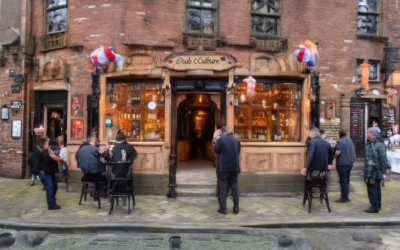
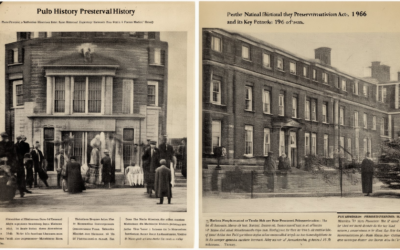
0 Comments